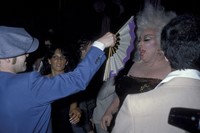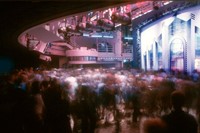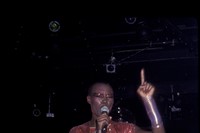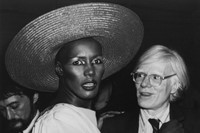As a new documentary about the storied New York club hits cinemas, we explore its famously strict – and subjective – entry policy, and the decadent characters that frequented it
There is perhaps nothing more emblematic of the 1970s disco era than legendary New York nightclub Studio 54. A short-lived haven (under the name Studio 54, it ran for just under three years after its opening in April of 1977) on Midtown Manhattan’s West 54th Street, the club ushered in a new type of glamour to the city’s party scene: its set design was lavish and fantastical; its clientele exclusive; its morals loose. “It’s a visceral business,” says Ian Schrager – who founded, owned and ran Studio 54 with Steve Rubell – in a new documentary on the club of the same name. “You have really no discernible product except for the magic you create.”
The building between Eighth Avenue and Broadway was a television theatre when Rubell and Schrager took it on, and somewhere between 400,000 and 800,000 dollars worth of refurbishments – the exact figure is debated in Studio 54 by Schrager and their financial backer Jack Dushey – turned the space into a nightclub of theatrical proportions. The stalls became the dancefloor, the balcony seating became a covert spot for socialising, the stage remained and lighting and set equipment allowed for an elaborate scene to be conjured. For a nightclub to have its own lighting designer was in those days unheard of, but Studio 54 did. Its bare bones, then, were already inimitable – so when it opened and started throwing parties in which four tonnes of glitter coated the floor in a layer four inches deep, it was an instant hit. According to Schrager, after the opening night “it was just a case of feeding the monster”.
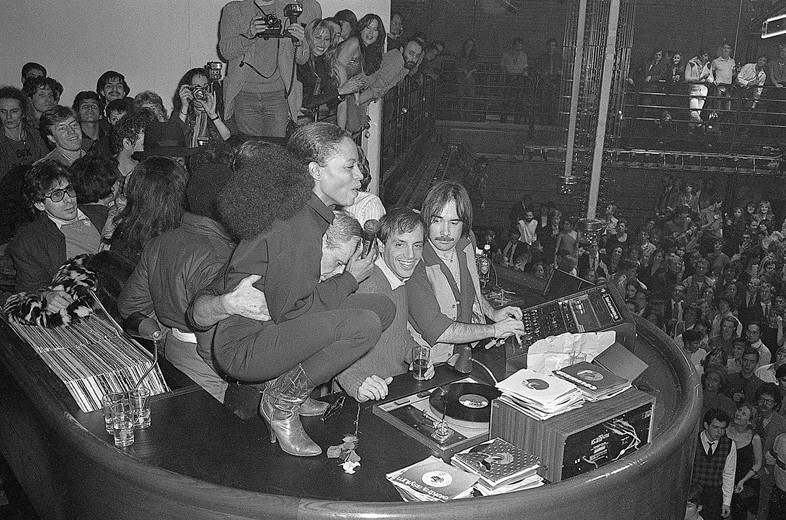
Studio 54’s notoriety was of course not without scandal. Party drugs were rife, and sex permeated the storied space. Its final party in 1980 was a last goodbye to Rubell and Schrager before they spent 13 months in prison for tax evasion, having been taking cash off the top of the club’s earnings to an extraordinary extent (in the realm of two million dollars) since 1977. The culture of celebrity that Studio 54 fostered was afloat until the very end: Diana Ross performed I Did It My Way on this last night.
Aside from the illegalities introduced by Rubell and Schrager, some city dwellers began to resent the club when they were not allowed in. Celebrities were regulars – Bianca Jagger, Andy Warhol, Grace Jones, Liza Minnelli, Halston, Cher, Elton John and Calvin Klein often went – and others would get in at the discretion of Rubell and doorman Marc Benecke. Rubell would be at the club’s doors, letting people with style in. Little more is known about the famously secretive dress code – if there even was an official one – other than its subjectivity. “The only thing that it’s not based on is money,” Rubell is filmed saying when questioned on who he lets in. “Really fun-loving. We want people who are just in there to have fun.” According to former security staff, polyester shirts were a firm no because they “melt under the lights”. So in demand was entry to Studio 54 that there was almost always a rush outside its entrance. One such night, on New Year’s Eve of 1977, members of Chic Nile Rodgers and Bernard Edwards were denied entry (Grace Jones had invited them, but neglected to inform the door staff). This particular rejection was no bad thing, though, since it inspired the band’s iconic single Le Freak.
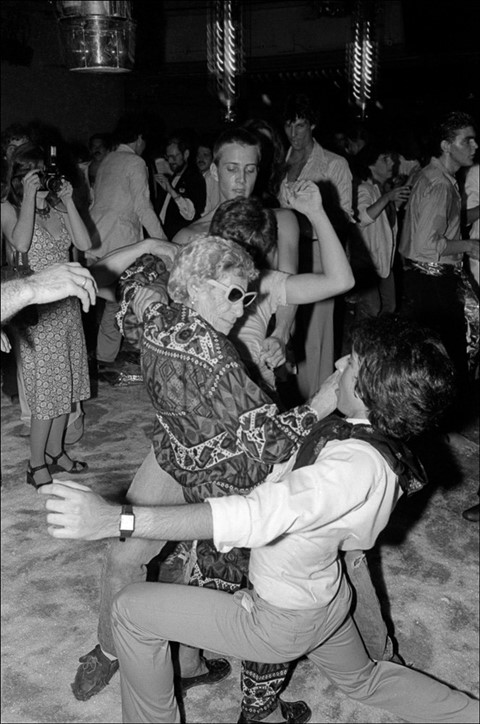
Drag queens with flamboyant style and members of New York’s burgeoning gay and transgender community were all welcomed to Studio 54: it was a means of escape for them, and afforded the club its unique, intoxicating lifeblood. Noted regulars became emblematic of the discotheque’s soul. A city banker by day transformed into fairy godmother-on-skates Rollerena at night in Studio 54, granting wishes to fellow dancers with a glistening magic wand; a lawyer in her late seventies or eighties became known as Disco Sally, and was always on the dancefloor; and guests were enchanted by drag queen Potassa, the image of poise and elegant cool as she commanded the crowd. Rubell favoured the characters who might have been shunned otherwise, and the freedom they enjoyed at Studio 54 was visionary – ahead of its time, yes, but a sartorial spectacle was created too with the dominating metallics, glitter, sequins, leather and overall sparkle of those dressed for a night at Studio, and its aesthetic is still legendary today.

Rubell’s own style was singular. He often wore Hawaiian shirts while he picked who might get in that night, or when he was mixing with his prestigious guests. (Footage in the documentary shows a young Michael Jackson gushing about Studio 54 and how Rubell is “one of my favourite people”.) If not a tropical print then perhaps his infamous coat: long and padded, fit for a New York winter and “full of money and drugs”, Rubell would wear the coat in and around the club.
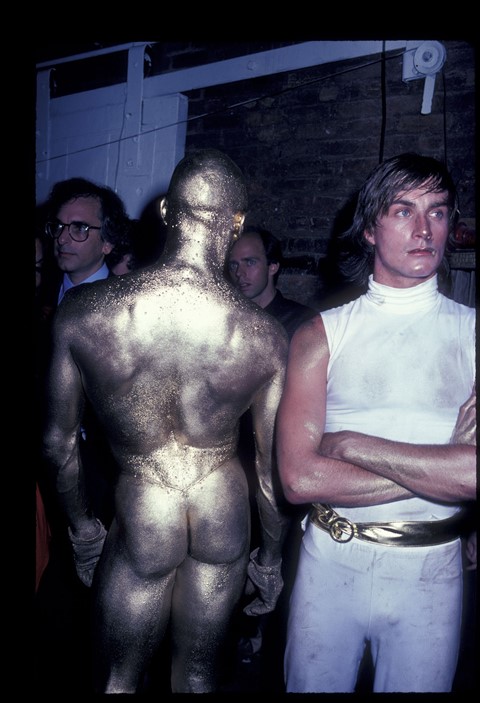
While Rubell was the face of Studio 54, Schrager was the self-professed introvert of the business partnership. Schrager orchestrated the fantasy: staging, set and lighting design were changed regularly – sometimes within the same night – to create dazzling parties. “We went right up to the edge in every single aspect of it,” he remarks in the documentary. Costume was key to the spectacle: on regular nights, shirtless busboys – a daring move in itself – would skate around collecting glasses or arranging buckets of confetti, but when special nights were organised, intricate outfits were introduced for the staff and performers. Half a dozen harpists in floating, pastel-coloured tunics might line the entrance corridor; glittering clowns in bulbous pleated creations would walk around with sparklers; performers dressed in 18th-century clothes, complete with masks, powdered faces and curling white wigs interacted with guests at the bar; a group outfitted in Roman get-up would posture in the space, mimicking the notorious decadence of that period’s opulent wealth. Unashamedly basking in excess and escapism, New York’s definitive disco will remain just that for all the ages.
Studio 54, directed by Matt Tyrnauer, is out now.
![03 STUDIO54_[AllanTannenbaum]_2](https://images-prod.anothermag.com/900/azure/another-prod/370/7/377222.jpeg)
![02 STUDIO54_[AdamSchull]](https://images-prod.anothermag.com/200/0-0-1936-1291/azure/another-prod/370/8/378560.jpeg)
